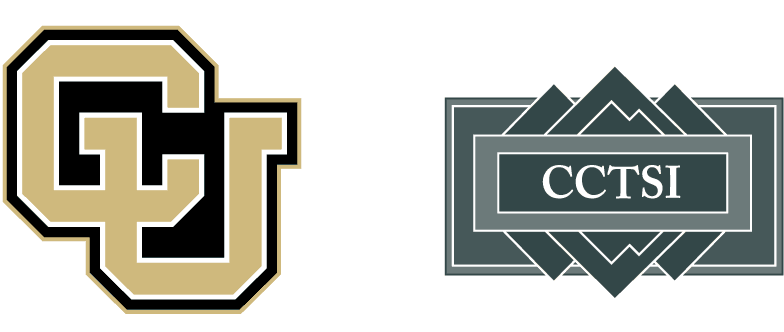High Resolution peripheral Quantitative Computed Tomography (HR-pQCT)
The XtremeCT II HR-pQCT scanner from SCANCO Medical is now available for COMIRB-approved clinical research studies!
Key features of the HR-pQCT scanner include:
- The HR-pQCT imaging device assesses bone microarchitecture at the distal tibia and distal radius
- Bone microstructure measured by HR-pQCT contributes to fracture risk independently of aBMD obtained from DXA (Nishiyama et al. Curr Osteo Rep 2013)
- Greater precision with this second-generation device means you can detect smaller changes in a shorter time frame than with other bone imaging modalities such as DXA
- This research imaging modality is safe enough to use in pediatric and adolescent populations
The XtremeCT II is located on the sixth floor of the AHSB.
The 2026 HR-pQCT Seed Grant Call for Applications is Now Open! Please click here for more information. The required Intent to Submit is due on 1/5/2026. Please submit applications here by midnight MT on 2/2/2026.
When you have funding to use HR-pQCT in your research, please fill out the HR-pQCT Investigator Interest Survey.
If you have any questions, please contact the HR-pQCT Leadership Team:
- Faculty Director: Julio Carballido-Gamio, PhD
- Core Director: Wendy M. Kohrt, PhD
- Technical Director: R. Dana Carpenter, PhD
- Medical Director: Christine M. Swanson, MD, MCR
The HR-pQCT device was acquired via successful grant applications to the NIGMS (S10 OD028453) and the University of Colorado’s Strategic Infrastructure for Research Committee (SIRC) in 2019. Please remember to cite this grant (S10 OD028453) in any publication that utilized the HR-pQCT device!
| Table 1. Most relevant bone parameters automatically computed by the HR-pQCT software | |
| Density | |
| Total volumetric bone mineral density (Total.vBMD; mg HA/cm3) | Ratio of peripheral to mesial Tb.vBMD (p/m Tb.vBMD) |
| Trabecular volumetric bone mineral density (Tb.vBMD; mg HA/cm3) | Cortical volumetric bone mineral density (Ct.vBMD; mg HA/cm3) |
| Peripheral trabecular volumetric bone mineral density (pTb.vBMD; mg HA/cm3) | Cortical tissue mineral density (Ct.TMD; mg HA/cm3) |
| Mesial trabecular volumetric bone mineral density (mTb.vBMD; mg HA/cm3) | |
| Geometry | |
| Total cross-sectional area (Tt.Ar; mm2) | Trabecular volume (Tb.TV; mm3) |
| Trabecular cross-sectional area (Tb.Ar; mm2) | Cortical volume (Ct.TV; mm3) |
| Cortical cross-sectional area (Ct.Ar; mm2) | Cortical perimeter (Ct.Pm; mm) |
| Total tissue volume (Tt.TV; mm3) | |
| Trabecular bone microarchitecture | |
| Bone volume fraction (BV/TV; %) | Trabecular bone separation (Tb.Sp; µm) |
| Trabecular bone number (Tb.N; mm-1) | Trabecular bone distribution (Tb.Sp.SD; µm) |
| Trabecular bone thickness (Tb.Th; µm) | |
| Cortical bone microstructure | |
| Cortical bone thickness (Ct.Th; mm) | Cortical pore volume (Ct.Po.V; mm3) |
| Cortical porosity (Ct.Po; %) | Cortical pore diameter (Ct.Po.Dm; µm) |
| Cortical pore diameter distribution (Ct.Po.Dm.SD; µm) | |
| Bone biomechanics | |
| Bone stiffness (kN/mm) | Failure load (N) |

Planning a study & need pricing information?
Start Here
If your project is already funded, please fill out the Energy Balance Assessment Core (EBAC) Application to request services for your new project:
EBAC Application
| Contacts |
| Julio Carballido-Gamio, PhD Faculty Director |
| Wendy M. Kohrt, PhD Core Director |
| R. Dana Carpenter, PhD Technical Director |
| Christine M. Swanson, MD, MCR Medical Director |